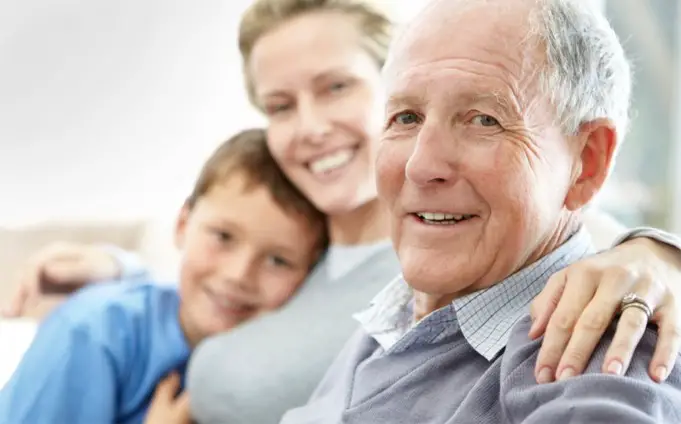There really is no place like home – and it might sometimes seem as if there can be no safer place either. However, for seniors, the home can be where quite a few injuries happen, and a lot of these injuries can be the result of falls.
Changes can be part of getting older and some of these changes, such as changes in bone density, sense of smell and or touch, hearing and vision loss can increase the risk of getting injured. Injuries can be a bit more serious for seniors than for younger people because as we get older, it takes a longer period of time to recover and heal.
How do we make sure that our senior loved ones are safe in their homes? Many times, even when they can no longer get through their day without help, they will still want to remain in their homes and have their independence. Let’s take a look at a few ways they can be safer and still have that independence they treasure.
Medical Alert Systems
Medical alert systems, such as Alert 1, can give seniors and their families alike a greater sense of confidence. This is a service that provides you with a base unit, wireless room button, bracelet, or pendant with a button on it. If there is a fall or some other medical emergency, all your senior has to do is press the button. Within just a matter of moments, they will be in contact with an operator at an emergency response center who will get help to them fast.
Home Health Care
There comes a time when a person just can’t handle the day to day activities anymore. They might otherwise be healthy, just frail and feeble, or they might have a chronic illness or other sickness. It is natural for someone to want to remain in their home where they can be comfortable as opposed to going to a hospital, nursing home, or hospice. Home health care can allow for them to remain at home and get the help they need. Check with your insurance company to see if care of this type is covered.
Safety in the Bathroom
The bathroom can be a place where it is easy for seniors to get injured. Some safety tips for the bathroom include things like leaving a light on in the bathroom throughout the night, and using bath aids that can be installed securely both in the shower/bath stall and next to the toilet.
Make sure the tub is skid proof and that any bath mats have bottoms that are non–slip. Make sure the water heater is set to 120 degrees so as to avoid scalds. Make sure that hot and cold water faucets are clearly marked. Use locks on the doors that can be opened from either side. If at all possible, have your senior wait until help is there to bathe.
Check In
If you have a relative who is aging, and you are not completely comfortable with them still living at home alone, this issue can be quickly resolved by having the proper awareness. Try to pay them a visit as often as you can and don’t space these visits out too much. If you are able to, stop in for a bit each morning and evening. Then, you will notice right away if there is an issue.
Allowing too much time between visits can allow issues to build and compound without you knowing about them. This can then lead to situations that can be serious being left unaddressed… such as spills on the floor that can lead to a fall, a fall, an injury, or even an urgent repair that is needed on the home.
Lighting
1 in 3 adults aged 65 and older will fall this year. This is according to the CDC. If you want to prevent them, you can start by checking out the lighting in your senior’s home. Dim lighting can lead to falls that can be serious… especially when eyesight begins to diminish. Put night lights in the bathrooms, stairwells, and hallways. Ask your senior if there are other places where they find it difficult to see and put lighting in those places too.












